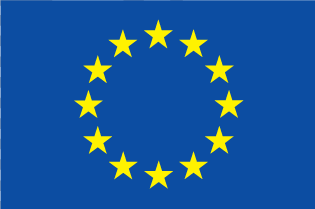 A body of the European Union
A body of the European Union
 A body of the European Union
A body of the European Union
The regulation and implementation of European rail control-command and signalling (CCS) is of central importance in the running of a safe, efficient, interoperable, robust cost-efficient and reliable rail service in Europe. CCS deals with all the on-board and trackside equipment required to ensure safety and to plan, command and control movements of trains authorised to travel on the network as well as the efficient integration of maintenance processes that occupy tracks.
The current typical CCS on-board configuration includes multiple proprietary TCMS (Train Control Management Systems) and Class B driven interfaces between the main train on-board building blocks, which are currently not harmonised. This induces low on-board upgradeability and dependency on the initial suppliers when on-board upgrades are necessary and, consequently, increased cost and complexity, leading to users choosing other modes of transportation.
The task is to develop the operational concept(s) and functional system architecture for a genuine integrated European CCS system, supported by a model-based systems architecting & engineering approach, beyond the current specifications in the CCS TSI, with much greater standardisation and much less variation than at present. This integrated CCS system shall deliver unrestricted movement of trains, as well as create a single market for rail components.
There are already digitalisation technologies ready for use in rail with huge potential to improve passenger and freight services. Digitalisation coupled with automation can dramatically increase performance and capacity with minimal infrastructure investments. Without high quality architecture, adding such new technologies and maintaining compatibility will not be possible.
The purpose of the focus on CCS is therefore to encourage networks and Member States that are migrating to CCS systems of ERTMS L2 or above to do this in a harmonised manner following functional layered architecture principles, will set a common baseline that will allow to evolve systems at the technological evolution pace. It will be a major change from “black boxes” to “software solutions” computing environments.
As a result, even if ERTMS as it stands is implemented in full across the EU, national systems for significant parts of the CCS system would continue, along with national operational rules driving customisation, and a continued overall fragmented CCS market of signalling configurations and rail business models.